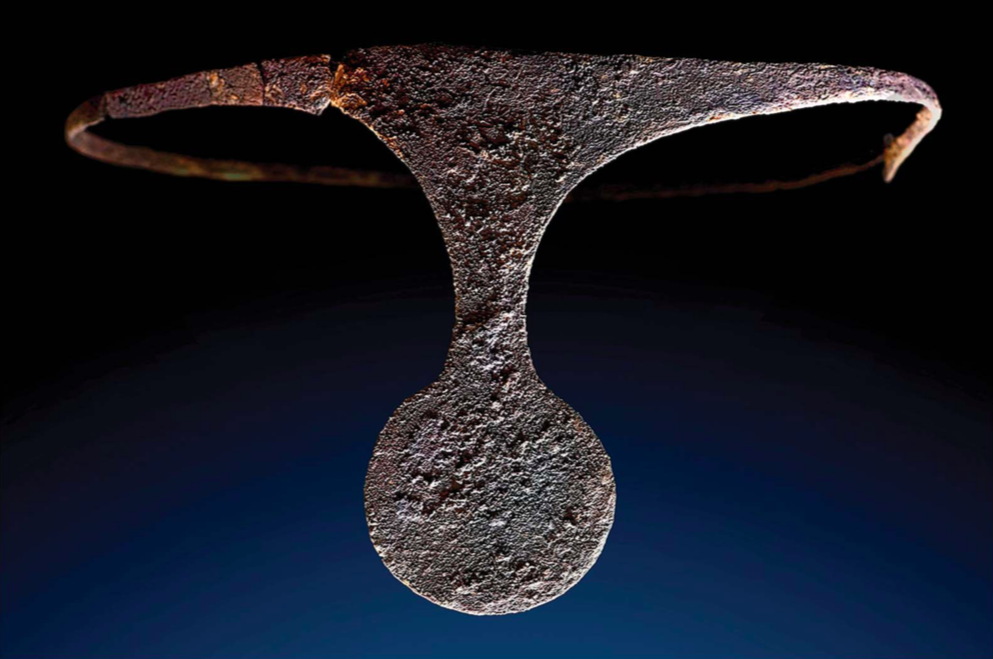Art World
A Newly Discovered Ancient Grave Site in Spain Suggests That Women May Have Been Bronze-Age Political Rulers
Scholars agree that assumptions about Bronze-Age patriarchal societies may be due for a rethink.

Scholars agree that assumptions about Bronze-Age patriarchal societies may be due for a rethink.

Brian Boucher

An archaeological site at La Almoloya, in what is now the southeastern Spanish region of Murcia, has yielded a burial site of an upper-class couple that offers tantalizing evidence that Bronze-Age women may have held great political power.
La Almoloya is one of the first Bronze-Age palaces in Western Europe, and was the home of the El Argar society, which thrived from ca. 2200 to 1550 BC. The complex society was highly stratified by class and their cities featured monumental structures.
The couple’s grave yielded a trove of precious goods. Cristina Rihuete Herrada, an archaeologist at the Autonomous University of Barcelona and one of the discoverers of the burial, tells the New York Times that women in Argaric society may have had greater political power than previously thought, while men may have been in charge of military matters.
Among the factors that suggest a unique status for women, say the authors of the study, published in the journal Antiquity, are that some objects of value are found only in female graves, and that women appear to have graduated into adulthood earlier, based on their having been given grave goods at a younger age. Crucially, only women were given diadems, or band-like metal crowns.
The grave in question contains a woman buried atop a man, both in a large jar beneath the floor of a grand hall. The building is unique among hundreds of Argar finds, say the authors, and was a political headquarters.
Both people appear to have died mid-17th century BC, at the height of Argar society. The 29 valuable objects buried with them suggest their upper-class status.
Valuable silver objects adorn the woman, such as hair fasteners, earlobe plugs, bracelet and ring. Most importantly, she wore a silver, headband-like crown. It is one of only a half-dozen discovered in Argaric graves to date.
“Imagine the diadem with a disc going down to the tip of her nose,” Rihuete Herrada told the New York Times. “It’s shining. You could actually see yourself in the disc. Framing the eyes of that woman, it would be a very, very impressive thing to see. And the ability of somebody to be reflected—their face in another face—would have been something shocking.”